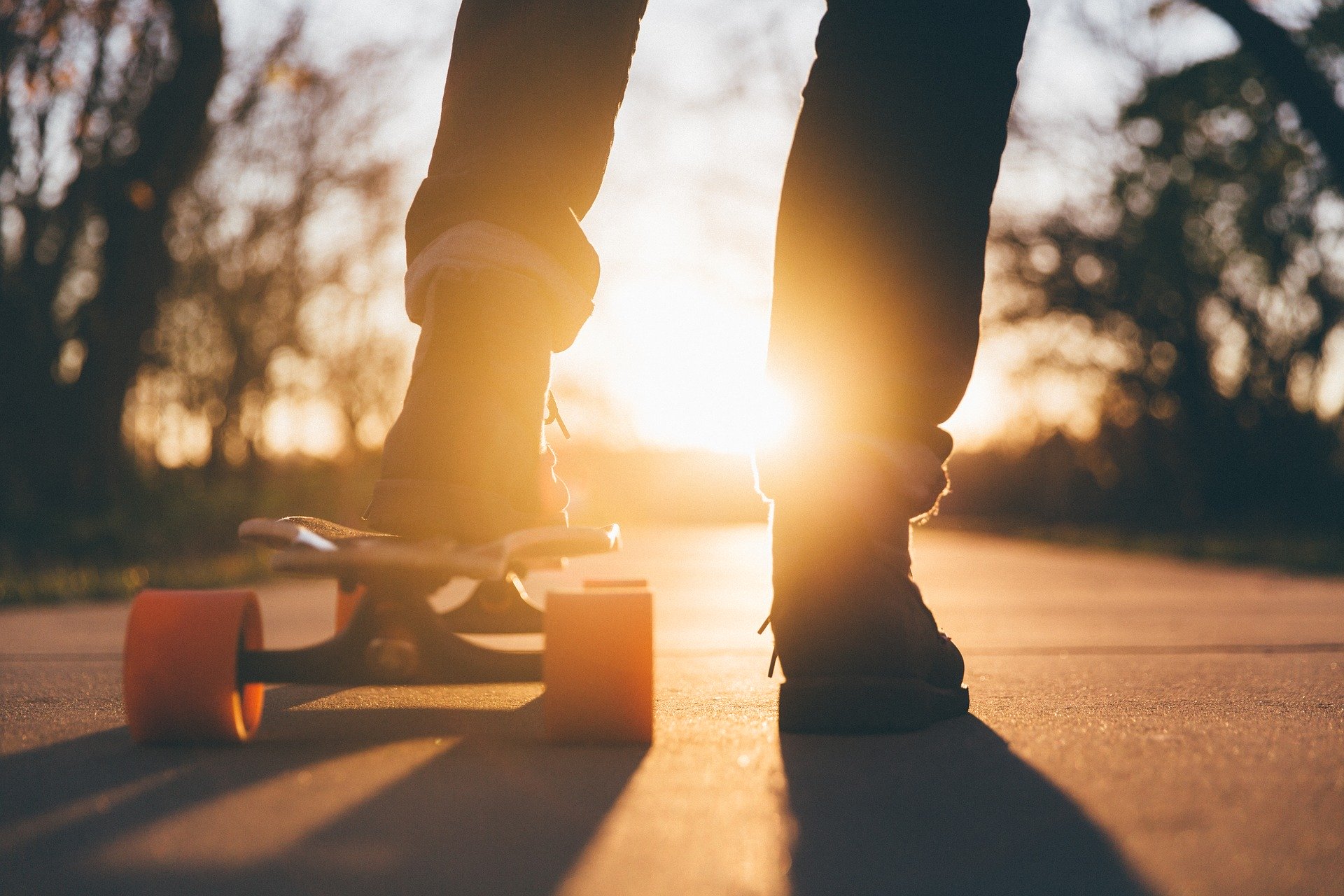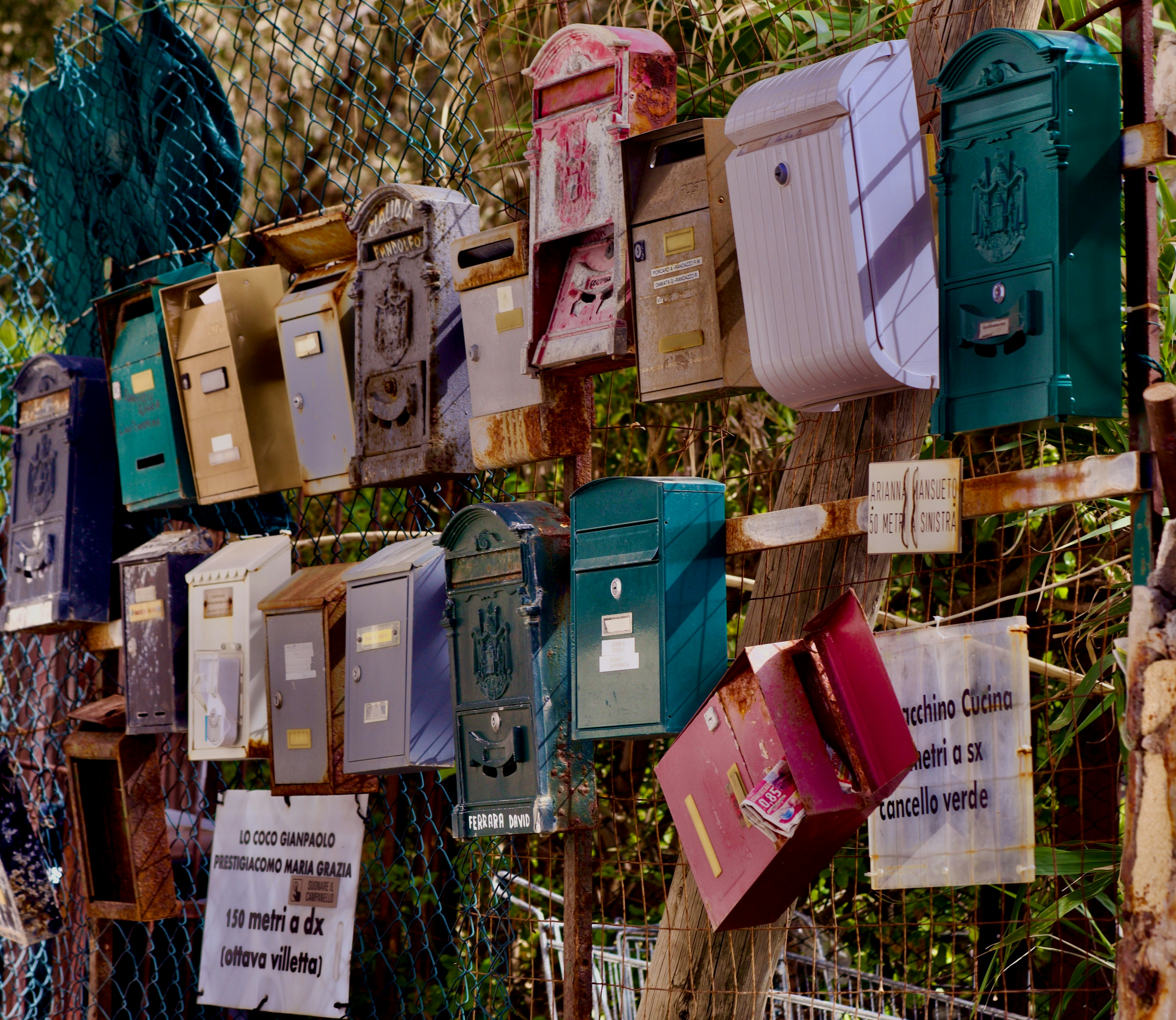
Social sport programmes to reengage the disengaged – how to make people physical active
Social sport programmes to reengage the disengaged – how to make people physical active
Find an article every month by Dr Anna Gerke, Associate Professor at Audencia Business School and Member of the Board of our Think tank. On a professional trip to Australia, she makes us discover how the sport is understood on the island continent.

Interview with Kiera Staley from the (research) Centre for Sport and Social Impact at La Trobe University – how sport and research can do good (second part).
AG: This time we will discuss more specifically one of the projects that you lead.
KS: I look after a project called Growing Participation in Sport. Under this funding, the Victorian Health Promotion Foundation, also known as VicHealth, funds 19 sports organisations, like Netball, Tennis, Bowls, Gymnastics etc. at the state level (i.e Victoria) and some national sport organisations like Golf and Sailing. Under this funding they create a social sport product for young people aged 12-17. As a bit of background, the Australian sport industry has seen a decline in traditional membership/participation in sport. VicHealth is supporting the sport sector through this project to get people back into sport, while also aiming to increase the physical activity levels of insufficiently active young people. These social sport products have less rules, reduced focus on performance, and are a lot more flexible with, for example, shorter time commitments – only an hour per week, compared to more traditional sport, that requires a couple of hours of training twice a week- plus time on weekends for matches. These programmes are often more socially orientated, and the competitive nature has been removed altogether. It is more about the enjoyment of being active and having fun. It’s about working with the participants and with what they want to achieve, their personal goals, creating social connections, and increasing confidence. The sessions are tailored to what the participants want and what their needs are.
Can you provide us with an example of a social sport product designed by one of those sport organisations?
KS: A new programme that is getting some great feedback is the Gym4Me programme, which has been developed by Gymnastics Victoria. Gymnastics have seen participant numbers decrease the older young people get as their only option for participation is the training/competition pathway. The Gym4Me programme provides an opportunity for young people who have engaged in gymnastics before to diverge from the traditional pathways and continue within the sport but in a more social environment This environment also creates the opportunity for young people who are new to the sport, to also take part without feeling judged, or requiring specific gymnastics skills, knowledge or experience. Each participant identifies their own goals to achieve, and the instructor works with participants to set tasks each week in the aim or reaching their goals (e.g. the steps to learn for a backflip). The goals might be strength, flexibility, skill, or socially orientated. Each session involves group activities and time to work towards individual goals.
What exactly did you do in these projects ?
KS: I evaluate the 19 programs at the overall funding level, as part of VicHealth’s overall objectives, as specified in a program logic. We want to know who is being attracted into the social sport programmes because they aim to attract the insufficiently active cohort. This requires the collection of basic demographics, levels of physical activity, measuring social connections and confidence in engagement. The evaluation is set up to measure change in these elements as well as gather programmatic feedback to help shape and improve programmes. Participant data is collected at the point of registration, at the end of a program and 6 months after a program is completed. We also undertake concept mapping activities with participants and funded organisations, interview program instructors and designers, and observe the programmes in action.
Another part of my work is to provide the participant survey data from these evaluations in a visual manner that is easy to digest for the sport organisations and the funder VicHealth. We create a visual dashboard display with all the collected participant data at the three time points. Many of these projects are quite new and innovative in the way that they are delivered. Therefore, that feedback from participants to see whether the new programmes meet the needs of participants, is really important. The dashboards also displays the analysed data in terms of change in physical activity, confidence and social connection, while allowing all data collected to be displayed through selected filters, for example data collected between specified time points. Verbatim responses are included, such as if there is anything that the sport/program could have done to keep people engaged.
Is your job educating the sport organisation to do all this, collecting the data etc. or do you these tasks yourself ?
KS: I do both, but it depends on where we are in the reporting cycle- that decides what I focus on. Often I educate people in the sport organisation. I explain all aspect of the evaluation, upskill them on how to effectively collect data, why it is important, the timing of data collection, the impacts of sport seasonality, how to set up evaluation within their aspects of project management and delivery etc. My job is really to take the time to create those relationships and communicate research in a way that is going to be useful. We also assist with the integration of research results into the sport organisations’ strategies and how to communicate them to their different stakeholders, whether that be the sport organisation’s board, the participants themselves, program deliverers/instructors, the different clubs or reporting back to funding organisations like VicHealth. Our research may then have an impact on how those organisations invest in social sport and how funders shape future investments. So, the evaluation of the data does have a high impact.
Aside from the communication and education of evaluation and research, I collect data too. I am involved in all aspects of the evaluation, interviews, concept mapping, strapping accelerometers to participants, survey design and development. The projects I look after are complex in terms of their stakeholders, relationships, delivery channels, engagement of and type of participants. To write reports and journal articles it is important to be across all of these aspects.
